
- Biology - Home
- Biology - Structure and Functions
- The Fundamental Unit of Life
- Biology - Tissues
- Biology - Animal Tissue
- Diversity in Living Organisms
- Biology - Plantae Kingdom
- Biology - Animalia Kingdom
- Biology - Vertebrata
- Biology - Transportation in Humans
- Biology - Transportation in Plants
- Biology - Excretion
- Biology - Control and Coordination
- Biology - Hormones in Animal
- How do Organisms Reproduce?
- Biology - Sexual Reproduction
- Biology - Reproduction in Animals
- Reaching the Age of Adolescence
- Biology - Heredity and Evolution
- Biology - Life Processes
- Biology - Respiration
- Microorganisms: Friend and Foe
- Biology - Why do We Fall Ill
- Biology - Natural Resources
- Biology - Our Environment
- Conservation of Plants and Animals
Biology - Plantae Kingdom
Introduction
Plantae kingdom includes all sorts of plants belonging to multicellular eukaryotes.
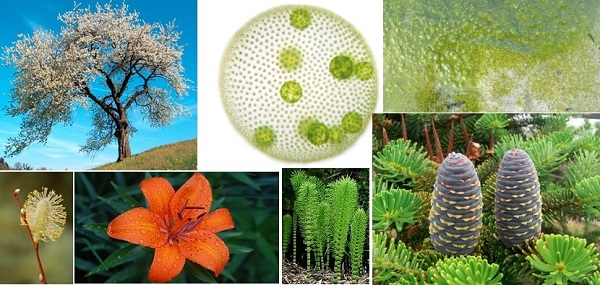
These plants are autotrophs and they use chlorophyll for the photosynthesis.
Classification of Plantae Kingdom
-
Based on distinct body structure, components, etc. plantae kingdom is further classified as −
Thallophyta
Bryophyta
Pteridophyta
Gymnosperms
Angiosperms
Lets discuss each of them in brief −
Thallophyta
The plants of thallophyta do not have well-differentiated body design.
The plants in thallophyta are known as algae and they are predominantly aquatic.
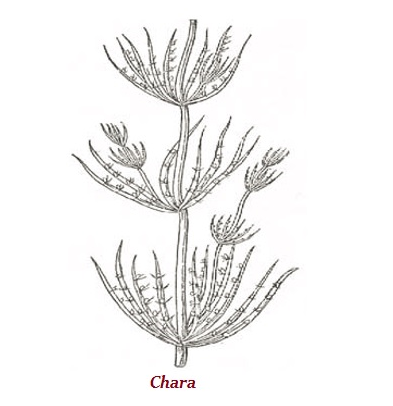
Some of the significant examples of thallophyta are Spirogyra, Ulothrix, Cladophora, Chara, etc.
Bryophyta
The plants of amphibian group are categorized as bryophyta.
Though not distinctly developed, but the plant body can be differentiated to form stem and leaf-like structures.
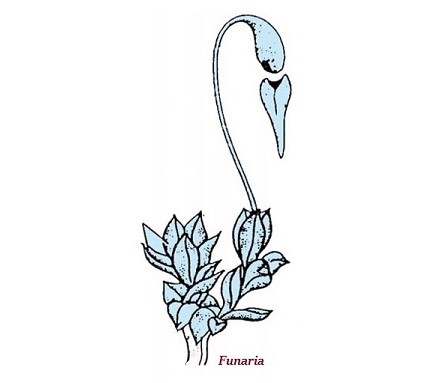
The examples of bryophyta are moss (Funaria) and Marchantia.
Pteridophyta
Plants of pteridophyta have defined roots, stem, and leaves.
Pteridophyta plants have specialized tissue that transports water and other materials from one part to another part of the plant.
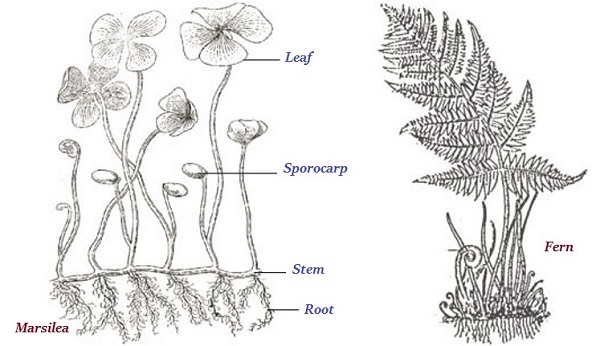
Examples of pteridophyta are Marsilea, ferns, and horse-tails.
The commonality among the thallophytes, the bryophytes, and the pteridophytes are all of them have naked embryos, which are known as spores.
The reproductive organs of plants of these groups are known as cryptogamae, which means hidden reproductive organs.
Gymnosperm
The plants of gymnosperm bear naked seeds.
These plants are normally perennial, evergreen, and woody.
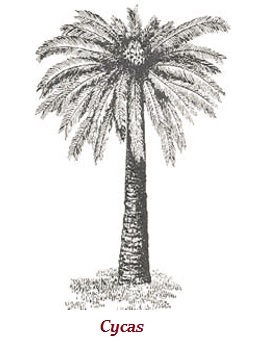
Examples of gymnosperm are pines (such as deodar, cycas, etc.
Angiosperms
The plants of angiosperm bear covered seeds.
Plants of angiospherms are also known as flowing plants.
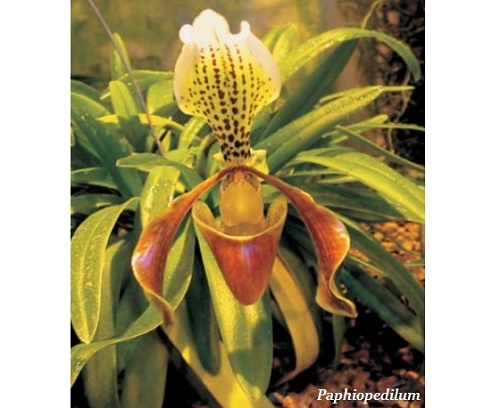
Plant embryos in seeds have a typical structures known as cotyledons, which is also called as seed leaves.